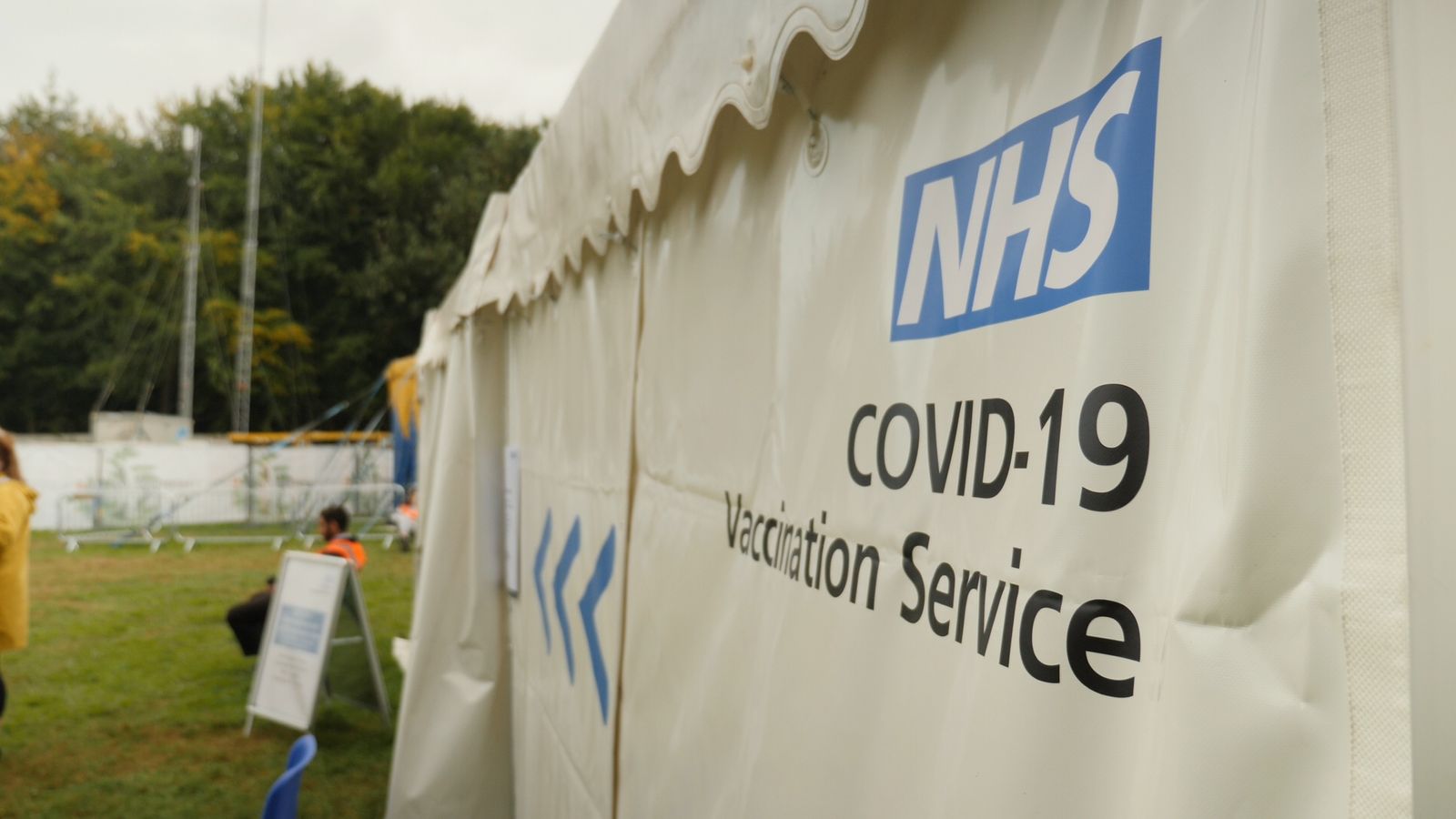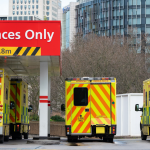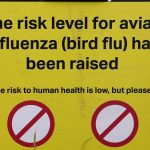England’s R number has shifted slightly to between 1 and 1.1, according to the latest official data.
Last week, the R value – or reproduction number – was between 0.9 and 1.2.
R indicates the average number of people each COVID-positive person goes on to infect.
An R number between 1 and 1.1 means every 10 people infected will pass on the virus to between 10 and 11 other people on average.
Follow the latest COVID news live as thousands head to UK music festivals
Infections are now rising across all four nations. They are higher for the week ending 20 August, than they were in the same week of the second wave, which was around early December.
But there is a big difference between now and that second wave – the number of hospitalisations and deaths are comparatively much lower. That’s not to say ministers in each nation won’t be watching cases carefully.
With a new school term, further rises are expected. Plus we will all be spending more time indoors as the weather turns.
In Scotland, where kids are already back to school, cases are rising. The R number this week in England, however, appears pretty stable.
For now, there is no rush for extra restrictions. But as we head towards the autumn and winter, all of these figures will be closely monitored.
Anything above 1 means the coronavirus outbreak is growing exponentially – but below 1 means the case rate is shrinking.
On Thursday, the latest data from Public Health England (PHE) indicated COVID-19 cases in all regions of England, except London and Yorkshire and the Humber, are rising.
PHE’s coronavirus surveillance report revealed the South West has the highest rate of infections, with 481.7 cases per 100,000 people in the seven days up to 22 August – a sharp rise from the previous week’s 351.8 per 100,000.
But the capital – which had twice been the epicentre of England’s pandemic – has the lowest rate of infection, decreasing from 277.6 per 100,000 to 247.3 per 100,000.
The East Midlands has the second-highest rate of the virus, at 360.9, up from 351.5 per 100,000.
Follow the Daily podcast on Apple Podcasts, Google Podcasts, Spotify, Spreaker
The latest figures from the Office for National statistics show infections were higher in the week leading up to 20 August than in the corresponding week of the second wave.
September is expected to be a key month for COVID-19, with the biggest unknown being how much cases will rise once schools return.
Early indications from Scotland, where schools have reopened after the summer holidays, show that cases have increased.
Scotland has reported its highest number of daily COVID cases since the pandemic began, but Nicola Sturgeon has dismissed reports that she’s planning a “circuit breaker” lockdown.
As thousands head to festivals across the UK over the bank holiday, hundreds of infections have been reported among people who went to the heavy metal music festival Bloodstock.
The festival took place between 11 and 15 August in Derbyshire.
Public health officials confirmed about 500 people from across the country had “attended the festival prior to testing positive”.






















